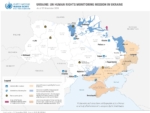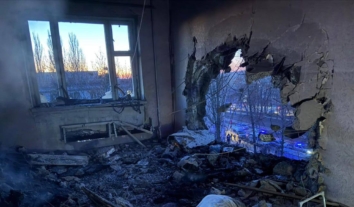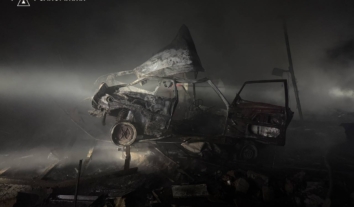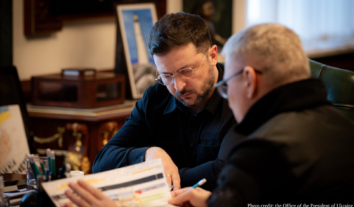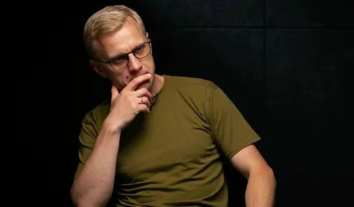Russian strikes in Sumy Oblast surge fourfold in early 2025
Volodymyr Artiukh, head of the Sumy Oblast Military Administration, reported a fourfold increase in Russian strikes compared to the previous year.
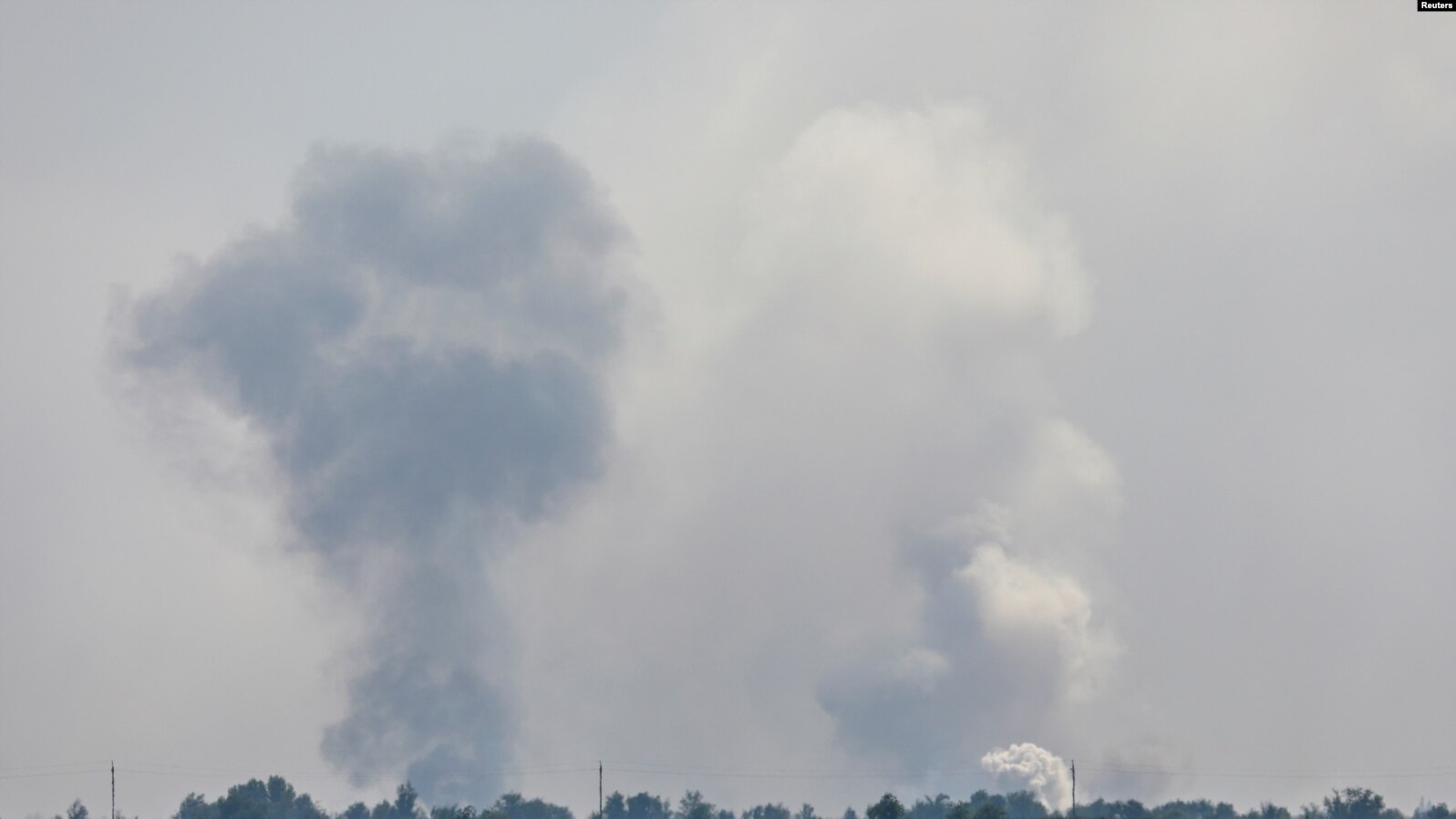 Illustrative photo
Illustrative photo“To be frank, we’ve had four times as many strikes – 338 in these five days compared to last year… The use of FPV drones has increased substantially; there were none last year, but there are now over 130. These include guided aerial bombs, Shaheds and other unmanned aerial vehicles,” he elaborated on the 24/7 national joint newscast on January 5, 2025.
Artiukh praised air defence units’ and volunteer formations’ “fairly effective” performance. Ukrainian forces shot down 44 Russian drones in the oblast within the first five days of January.
The Sumy Oblast Military Administration reported that Russians primarily use guided aerial bombs, FPV drones, and other unmanned aerial vehicles. During the first five days of 2025, they conducted 129 FPV drone strikes.
Russian forces most frequently target settlements in the Sumy and Shostka districts with artillery shelling and aerial strikes.
By way of background, the Sumy Oblast Prosecutor’s Office reported that Russian troops conducted a large-scale attack on the border areas of Sumy Oblast on December 26, 2024, killing a man.
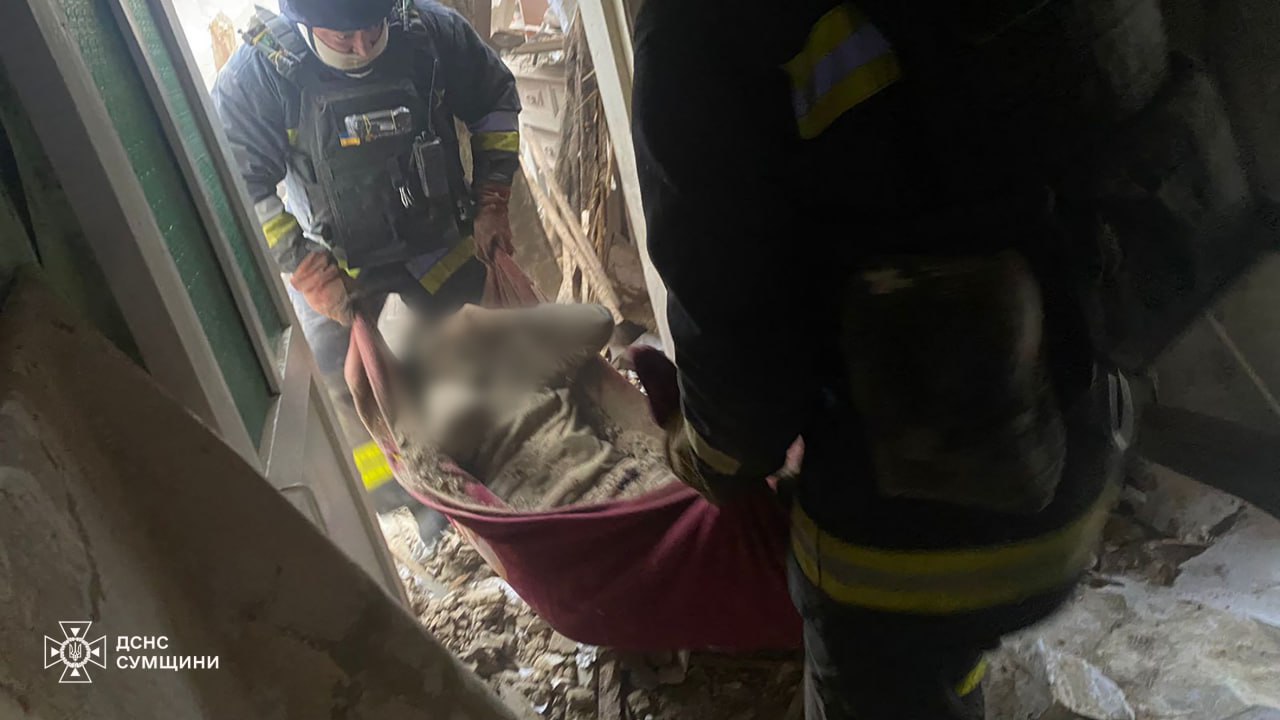
As a result of one such attack on the village of Uhroidy in the Krasnopil Hromadaі of Sumy District around 17:00, a house caught fire with a 59-year-old man inside. The house was destroyed, and its owner lost his life.
ZMINA consistently reports on ongoing international crimes in the Sumy Oblast.
The UN Human Rights Monitoring Mission in Ukraine reported 574 civilian deaths and 3,082 casualties from Russian attacks between September and November 2024. September saw the highest civilian casualty rate since July 2022, driven by intensified Russian attacks in Donetsk Oblast and increased use of guided aerial bombs and drones.
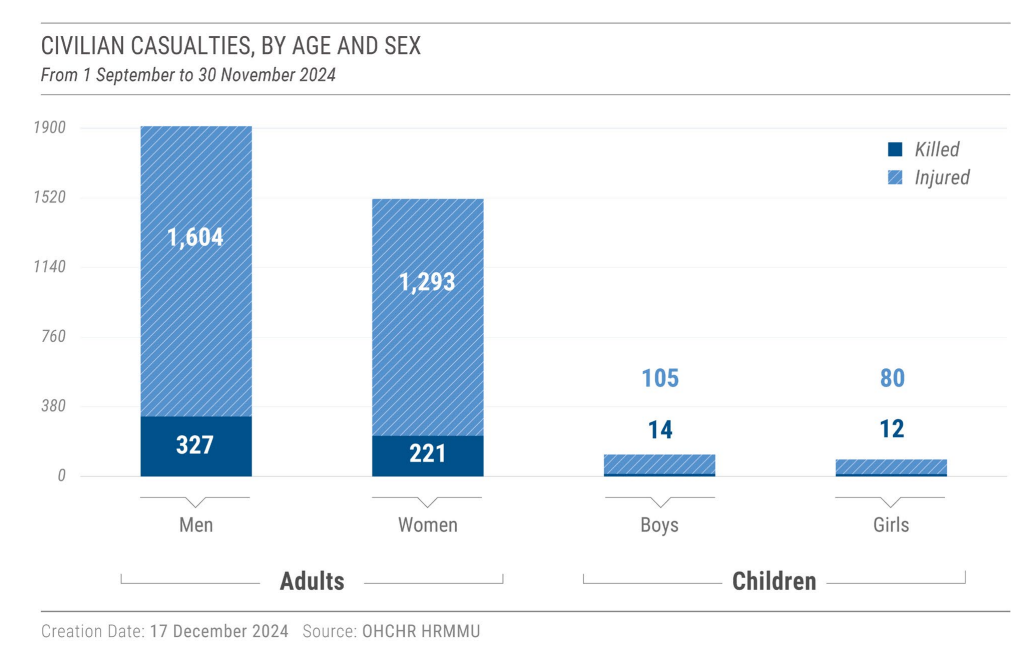
The UN found that 93% of casualties occurred in Ukrainian-controlled territories, with Donetsk, Kharkiv, and Kherson oblasts experiencing the heaviest fighting.
Ukraine urges the international community to unite in restoring global security under the UN Charter and strengthen sanctions against Russia to enforce compliance with international law. Following Russia’s initial invasion in 2014, Ukraine has pursued the liberation of its territories within its internationally recognized 1991 borders while developing comprehensive reintegration strategies and policies for all liberated areas. The Foreign Ministry of Ukraine earlier outlined a timeline for the second Peace Summit.
President Volodymyr Zelenskyy reported on social media on January 5 that over the past week, Russia has used more than 630 attack drones, nearly 740 guided aerial bombs, and almost 50 missiles of various types against Ukraine. These weapons contained over 50,000 sanctioned components from around the world.
He noted that 8,755 foreign-made components were used in the Shahed drones that attacked Ukraine at night.
“Sanction pressure on supply routes for foreign components is insufficient. Russia continues to receive the components and means of production it needs from almost all over the world and uses them in weapons to terrorize Ukraine,” the president emphasised.
Over 1,300 Russian military companies and 2 million industry workers still operate, many of them without international restrictions, a member of the Sanctions Policy Working Group of the Crimean Platform Expert Network, Bohdan Bernatskyy, told at the Third Parliamentary Summit of the Crimea Platform in Riga.
Previously, the Financial Times reported that Russia is building ten nuclear power units abroad to meet the growing demand for energy driven by artificial intelligence and emerging markets. The Financial Times notes that Russia is doubling its efforts to strengthen its global influence by expanding its nuclear fleet and building plants in Bangladesh, China, Egypt, India, Iran, and Turkey.
A report by The Insider has revealed that Russian oligarchs close to Vladimir Putin continue to profit from exports to the West. They circumvent sanctions through a loophole that allows companies to operate in EU markets provided that the share owned by the sanctioned individuals is less than 50%. The report covers Oleg Deripaska, Viktor Vekselberg, Andrey Skoch, Andrey Guryev, Vladimir Litvinenko, Roman Abramovich.
At least 28 foreign-made aircraft have been imported into Russia since the beginning of 2024, defying US and EU sanctions. The imports include both small aviation aircraft and large passenger airliners.
The Moscow Times, citing Russian opposition media outlet “Verstka” which accessed closed customs statistics, reports that Turkey has emerged as the primary transit point, facilitating 11 aircraft deliveries. Oman facilitated three aircraft transfers, while the United Arab Emirates and Germany each handled two deliveries.
Other intermediary countries listed in Russian customs documents include Serbia, Sweden, Kazakhstan, China, and Mongolia. Ireland, Cyprus, and Kyrgyzstan appeared only as country codes in customs declarations. This continued flow of aircraft into Russia suggests significant gaps in enforcing Western sanctions to restrict Russia’s aviation sector.

